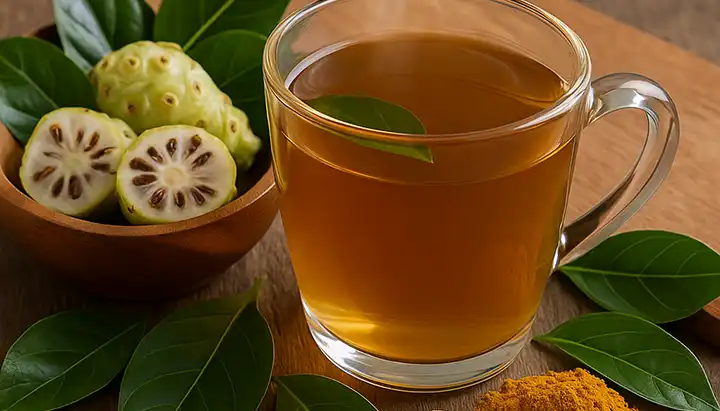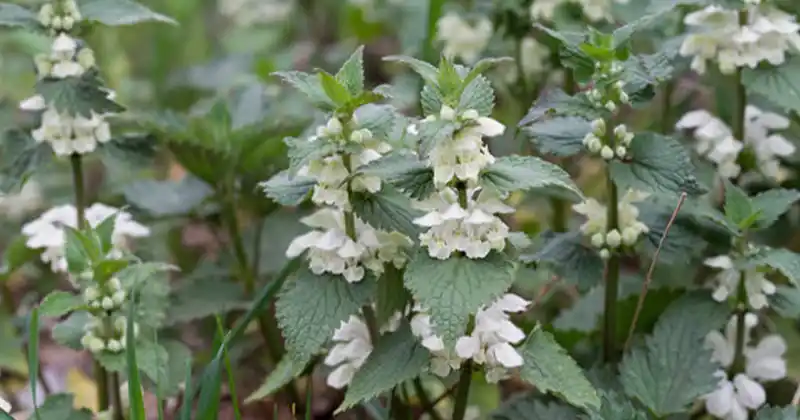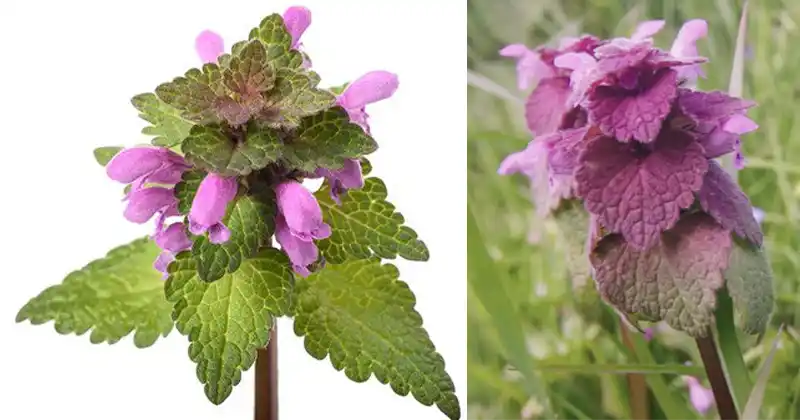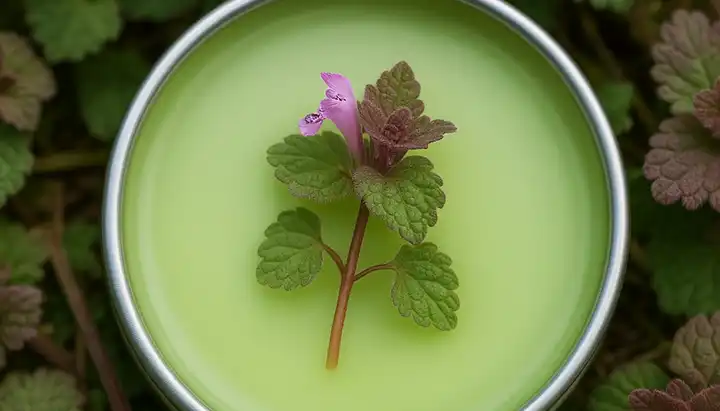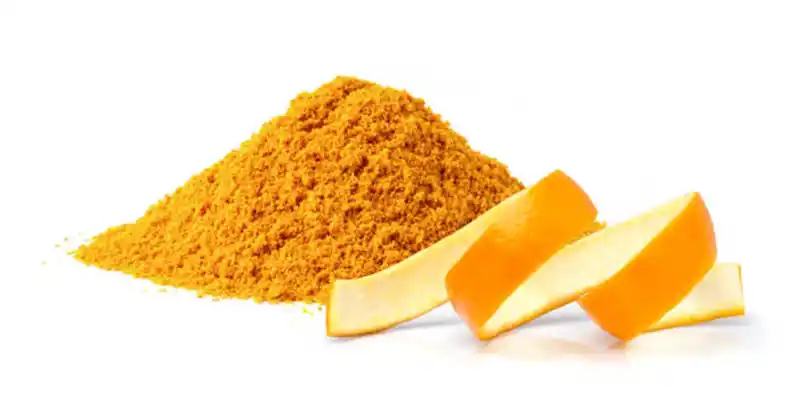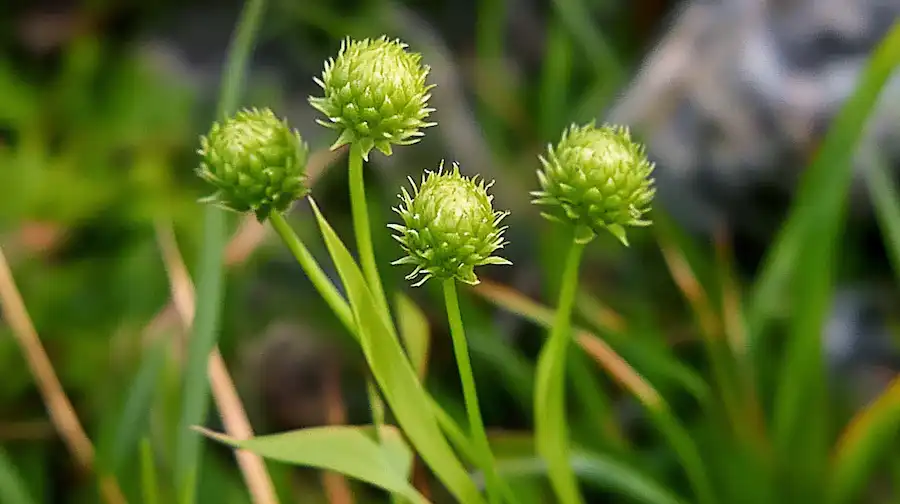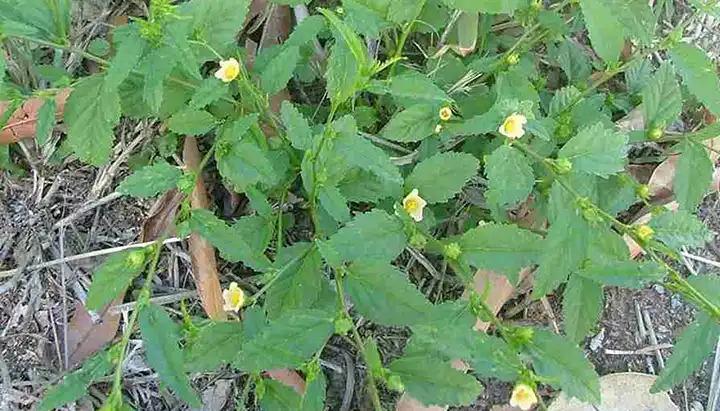Unlocking the Secrets of Canapum Physalis: Discover the Properties, Characteristics, and Health Benefits
Canapum Physalis, commonly known as Golden Berry or Cape Gooseberry, is a hidden gem among superfoods, boasting a unique combination of taste, nutritional benefits, and medicinal properties. This comprehensive guide delves into the various aspects of Canapum Physalis, providing you with everything you need to know about this remarkable fruit.

Introduction to Canapum Physalis
Canapum Physalis is not just a visually appealing fruit with its vibrant, golden hue encased in a papery husk; it’s also a powerhouse of nutrients. It belongs to the nightshade family, closely related to tomatoes and bell peppers, and is native to South America but now grows in various parts of the world.
Nutritional Profile
Rich in Vitamins and Minerals: This fruit is particularly high in vitamin C, providing a significant boost to the immune system. It also contains vitamins A, B1, B3, and K, and minerals such as iron, phosphorus, and calcium.
Antioxidant Properties: Canapum Physalis is loaded with antioxidants, including polyphenols and carotenoids, which combat free radicals in the body, reducing oxidative stress and lowering the risk of chronic diseases.
Health Benefits
Boosts Immune Function: The high vitamin C content helps strengthen the immune system, making it more efficient at warding off infections.
Promotes Healthy Skin: Vitamin A and antioxidants contribute to skin health, preventing signs of aging and promoting a healthy glow.
Supports Digestive Health: With a good fiber content, it aids in digestion and can prevent constipation.
Regulates Blood Sugar: Its low glycemic index makes it an ideal fruit for regulating blood sugar levels, especially beneficial for people with diabetes.
Anti-inflammatory Effects: The fruit has natural anti-inflammatory properties that can help reduce inflammation in the body.
Culinary Uses
Canapum Physalis can be used in various culinary applications due to its sweet yet tart flavor. It’s excellent in salads, desserts, and as a flavor enhancer in sauces and jams. The fruit is also perfect for decorating dishes, adding a touch of exotic flair.

Growing and Harvesting
Cultivation Tips: Canapum Physalis thrives in well-drained soil with full sun exposure. It’s a hardy plant that can also adapt to partial shade.
Harvesting: The fruit is ready to harvest when the husk turns brown and the fruit inside becomes golden yellow.
Sustainability and Environmental Impact
Eco-Friendly Crop: Canapum Physalis is considered a sustainable choice for gardeners looking to grow an environmentally friendly crop. It requires minimal water compared to other fruits and is relatively pest-resistant, reducing the need for chemical pesticides. For more on the sustainability of this plant, visit unlocking the riches of Canapum Physalis.
A Fruit Worth Exploring
Canapum Physalis offers more than just its delightful taste; it brings a multitude of health benefits and environmental advantages, making it a worthy addition to any diet. Whether you are a gardener, chef, or health enthusiast, embracing this fruit can lead to a healthier lifestyle and a more sustainable world. Explore more about this incredible fruit at unlocking the riches of Canapum Physalis.
